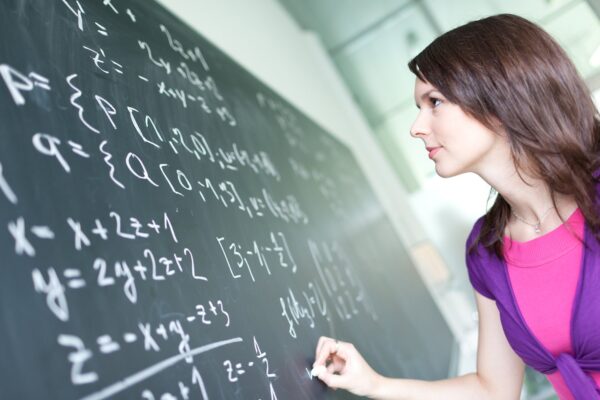
What does the university course, which includes K-5 math differential equations, linear algebra and other complex calculations, have in common with the multiplayer online game? Their combination for educational purposes does not involve the use of textbooks and notebooks – instead, it is based on the game “Starcraft” – a real-time strategy from Blizzard, where players must acquire resources, gather troops and funds to defeat the opponent and destroy his source of materials.
Traditional approaches to education, especially at universities, have been chaining students to pens and papers for indefinite periods of time. However, the example given by the lessons based on “Starcraft”, not to mention a lot of studies demonstrating the benefits of gaming education in higher education, leaves a hope that the introduction of interesting and innovative teaching methods in practice is not far off.

In the spring of 2009, the University of California Berkeley offered an educational course entitled “Game Theory with Starcraft”, which addressed the theoretical and practical 1st grade spelling words list aspects of battles in the game, as well as research on what is usually the basis for strategy selection by players.
While many people are thinking about how difficult a computer game can be, instructor Alan Feng quickly and easily operates with various methods of higher mathematics, including vector and matrix mapping, differential calculations and finding levels of uncertainty using graphics in three-dimensional space. Professor Feng notes that when it comes to calculations that allow to determine the outcome of the battle, there is not enough basic knowledge in arithmetic – technically, mathematical operations should be used that go beyond the typical school or university program.
However, it would be wrong to claim that it is not appropriate to combine mathematics with video games, and the use of complex computational methods during a match overshadows the uninterrupted pleasure of the game it should offer. In fact, the mathematical models used, however complex they may be, are intuitive and, more precisely, should be accessible to everyone who has an idea of the game.
A large part of the course is devoted to the fact that Professor Fang gives the students problems, the solution of which each player must find during the gameplay. For example, is it more efficient to recruit a large army, or should you build bases that produce resources? If I have a unit, how many other units can it destroy? Naturally, one cannot do without mathematics in such cases, but this is irrelevant. In an environment of rapid progress, where a lot of information is the rule rather than the exception, classes with the introduction of mathematical modeling into a fun and interactive context may be far more valuable than any other university course offered today.
The following semester, the University of Florida used Starcraft differently for educational purposes. The proposed course was called “21st Century Skills in Starcraft”. The course did not include mathematics, instead focusing on researching the process of rapid decision-making and thinking in critical situations through watching game replays. In describing the course, teacher Nathaniel Pauling said that such skills will definitely be needed by a typical 21st-century worker. He also said that these skills are fundamental in the game “Starcraft”, so the gaming environment of this project is ideal for effective research and analysis of decision making in difficult situations.
Come to think of it, it is not so hard to imagine how Starcraft (in addition to various video games where students spend time instead of working on their homework) will become an effective method of teaching students flexible thinking and analytics in the context of solving 21st century problems.
Unlike textbook questions that are often very far-fetched, which have nothing to do with reality (though it should be the other way around), video games like Starcraft offer an environment based on real-life situations, which helps to find solutions to problems much faster and more efficiently. And although there are some limits to the freedom of action, everything is very accessible and understandable. Instead of fictional situations, students are offered a taste of a simplified version of reality: analyze and filter information, determine what can be useful and what can not – teachers agree that this makes learning in a particular field much easier.
